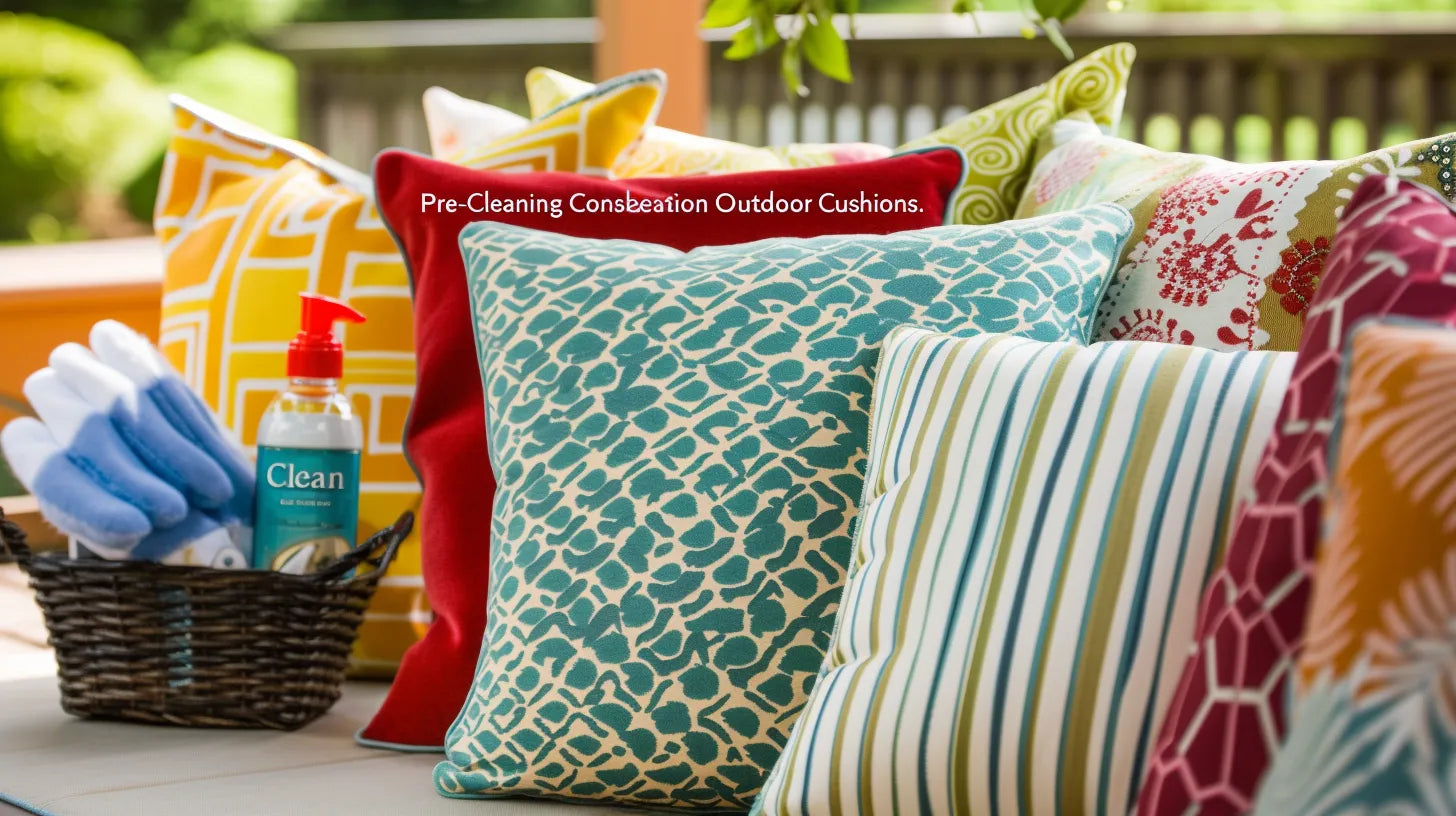Maintaining the aesthetic appeal and longevity of outdoor cushions requires a meticulous approach to cleaning, one that balances effectiveness with the preservation of the fabric's integrity.
Before embarking on this crucial maintenance task, it is imperative to consider the specific material composition of your cushions, as this will significantly influence the choice of cleaning agents and methods. Equipped with the right supplies, ranging from gentle detergents to specialized brushes, homeowners can effectively remove dirt, stains, and mildew, thereby rejuvenating their outdoor living spaces.
However, the process entails more than just a simple wash; understanding the nuanced steps and techniques, such as how to tackle stubborn stains without damaging the fabric or the correct drying methods to prevent mold, is essential for achieving optimal results.
As we explore the comprehensive guide to cleaning outdoor cushions, it becomes clear that the journey towards restoring their vibrancy and comfort involves much more than meets the eye, inviting further exploration into the art and science of fabric care.
Pre-Cleaning Considerations
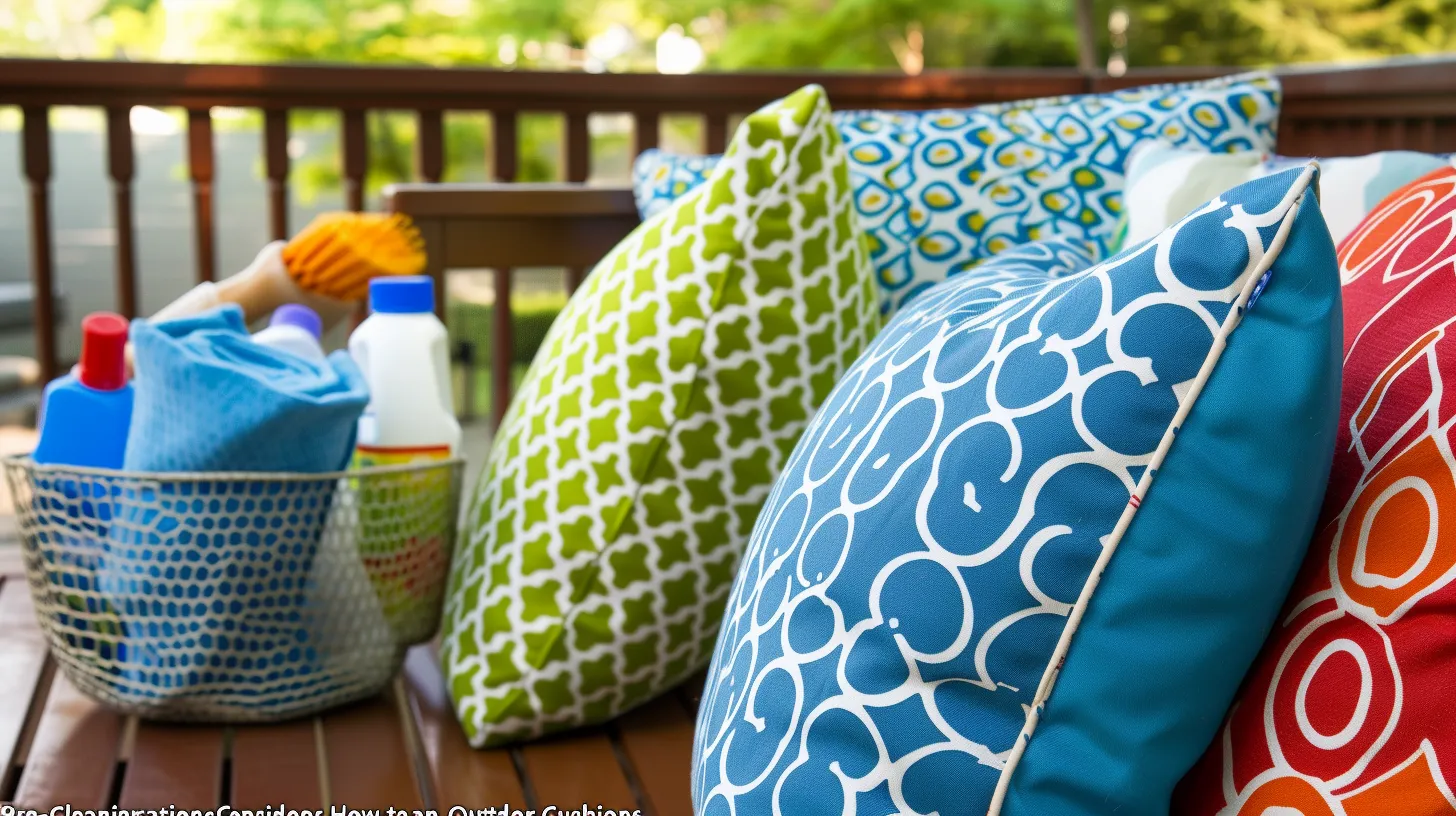
Before embarking on the cleaning process for outdoor cushions, it is crucial to review the care tag or consult the manufacturer's website for specific cleaning guidelines to prevent any potential damage. Pre-cleaning considerations play a vital role in maintaining the appearance and longevity of your patio furniture.
To protect your cushions from the outdoor elements, a simple cleaning routine can be adopted. Start by using a hand-held vacuum with a brush attachment to remove loose dirt or debris, ensuring that your outdoor cushions look inviting and are free from any surface impurities.
Moreover, regular maintenance, including light vacuuming at least once a week for frequently used cushions, can significantly aid in keeping them clean. It is also advisable to clean outdoor cushions at least twice a year for a deeper cleaning, which helps in preserving their aesthetic appeal.
Brushing off loose dirt and spot cleaning as soon as spills or stains occur are excellent pre-cleaning practices. Before applying any cleaning solution, always test spot cleaning products in a small, inconspicuous area first to ensure they do not damage the fabric or colors. Rinsing the cushion with water after spot cleaning can help in removing any residual cleaning solution, further protecting the fabric integrity.
Required Cleaning Supplies
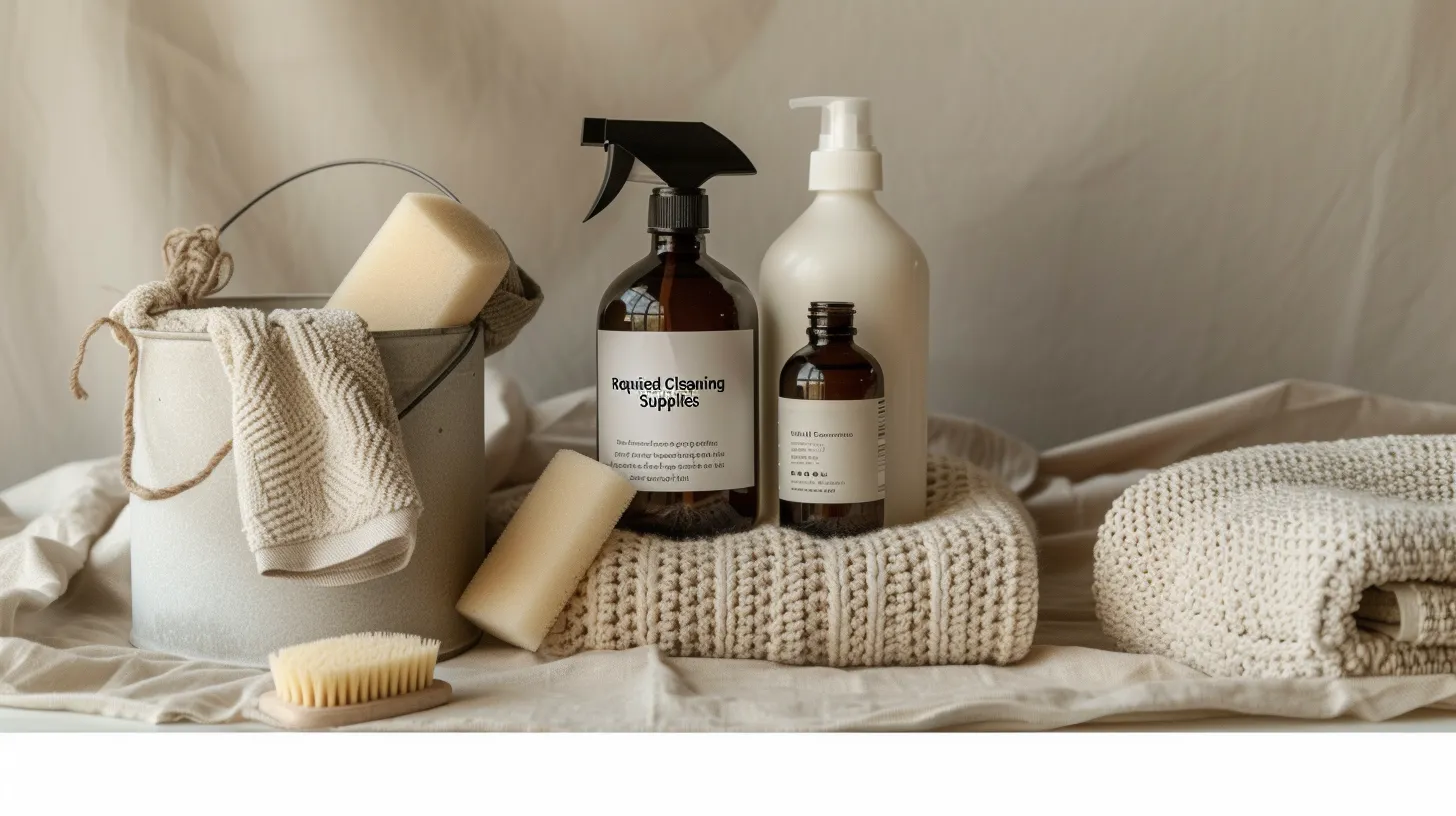
Having outlined essential pre-cleaning considerations, the focus now shifts to gathering the necessary supplies for effectively cleaning outdoor cushions. To ensure thorough cleaning and maintenance of your outdoor cushions, it is vital to have the right tools and cleaning agents at your disposal. The selection of supplies is crucial for removing dirt, stains, and mildew without damaging the fabric of the cushions.
The required cleaning supplies include:
-
Mild Detergent or Mild Soap : Opt for a gentle detergent or dish soap suitable for fabric. This will serve as the base for your cleaning solution, effectively removing dirt without harming the cushion material.
-
White Vinegar : Mixing undiluted distilled white vinegar with warm water creates a potent cleaning solution ideal for tackling stains and mildew.
-
Soft-Bristled Brush : A brush with soft bristles is essential for scrubbing the cushions. It allows you to remove dirt and stains without damaging the fabric.
-
Bucket and Garden Hose : Use a bucket to mix your cleaning solutions, such as detergent with warm water or a vinegar solution. A garden hose with an adjustable sprayer is crucial for effectively rinsing off the cleaning solutions and dirt.
These supplies, combined with proper techniques, will ensure your outdoor cushions remain clean and vibrant throughout the seasons.
Step-by-Step Cleaning Process
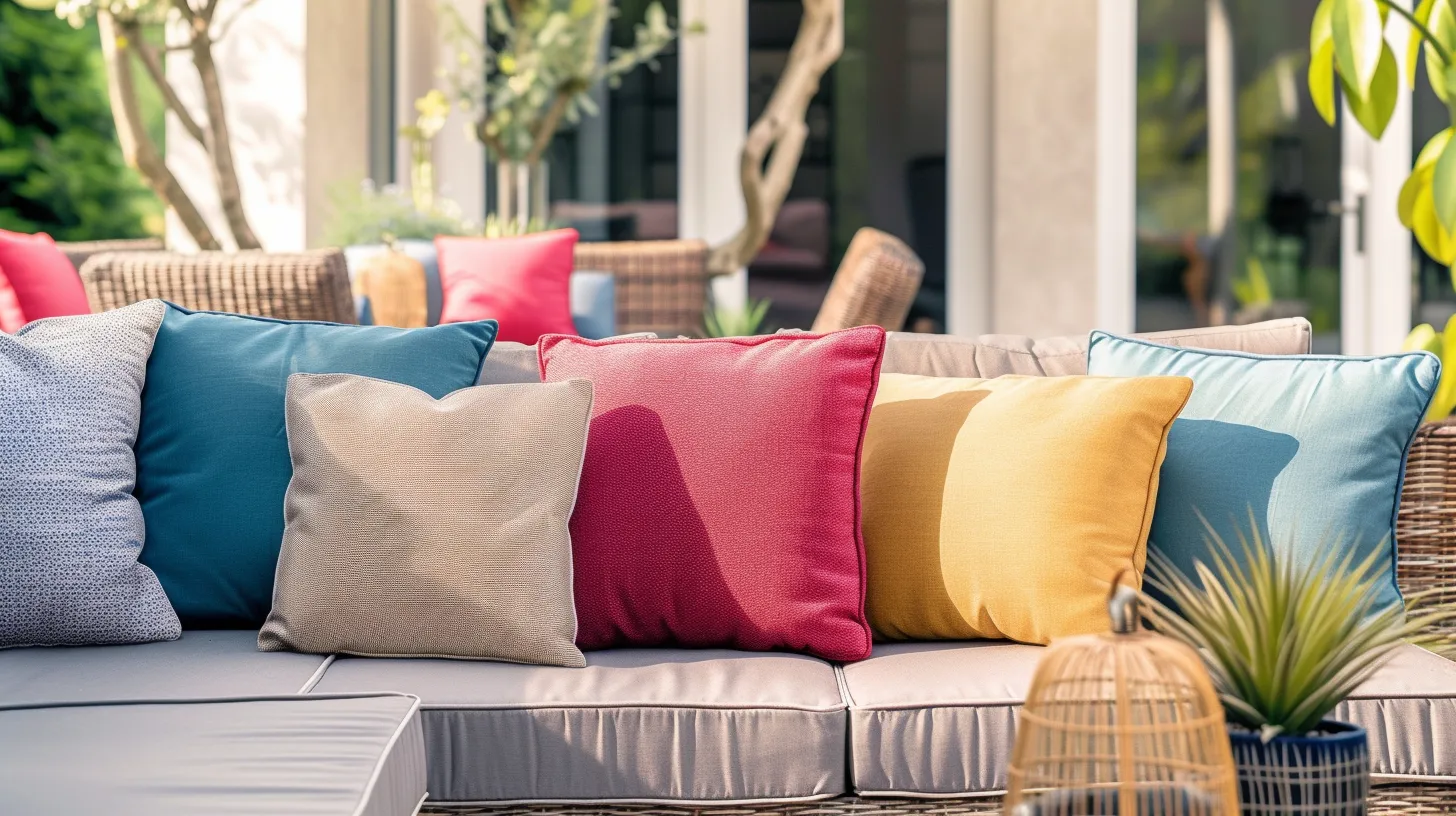
To effectively clean outdoor cushions, begin by vacuuming them thoroughly using a brush attachment to eliminate loose dirt and debris. This preliminary step is crucial for preparing the cushions for a deep clean, ensuring that the fabric's surface is free from any particles that could interfere with the cleaning process.
Next, prepare a mild detergent solution by mixing water and a gentle soap in a bucket. Using a soft-bristled brush, apply the solution to the cushions, paying special attention to any visible stains. Gently scrub the entire surface of each cushion to ensure the cleaning solution penetrates the fabric and lifts away dirt. Allow the solution to sit on the fabric for a few minutes to tackle stubborn stains effectively.
Rinse the cushions with a garden hose, employing a gentle spray setting to wash away the soap solution without saturating the cushions too heavily. Make sure to remove all soap residue, as leftover detergent can attract more dirt over time.
To expedite the drying process, squeeze out excess water from the cushions and blot them with a clean towel. Finally, let the cushions air dry in a shaded area to prevent any discoloration from direct sunlight.
Once dry, return the refreshed cushions to their seating area, enhancing the comfort and appearance of your outdoor space.
Addressing Stubborn Stains

After outlining the general cleaning process for outdoor cushions, it is important to address how to specifically tackle stubborn stains that regular cleaning may not remove. These blemishes, often caused by nature or accidental spills, require special attention and a more targeted approach. Here are four essential steps to deal with such challenging spots:
-
Spot Cleaning Mud or Grass Stains : Apply liquid detergent with stain-removing enzymes directly on the stain. Use a soft brush to gently work the detergent into the fabric, then rinse thoroughly.
-
Removing Mold or Mildew : Scrape off any excess mold or mildew. Mix a solution of vinegar and water, apply it to the stained area, and then brush with detergent. Rinse the cushions well and allow them to air dry.
-
Tackling Oil Stains : Sprinkle cornstarch or baking soda on the oil stain and let it sit to absorb the oil. Brush away the powder and repeat if necessary until the stain is lifted.
-
Eliminating Tree Sap : Apply an enzyme-based stain remover or create a paste using powdered detergent for tree sap stains. Gently scrub the area, rinse with hot water, and consider using oxygen bleach for persistent stains.
For all methods, it's crucial to rinse the cushions thoroughly and let them dry completely.
Regular maintenance, including spot cleaning and addressing stubborn stains promptly, will keep your outdoor cushions looking fresh and extend their lifespan.
Maintaining Clean Cushions
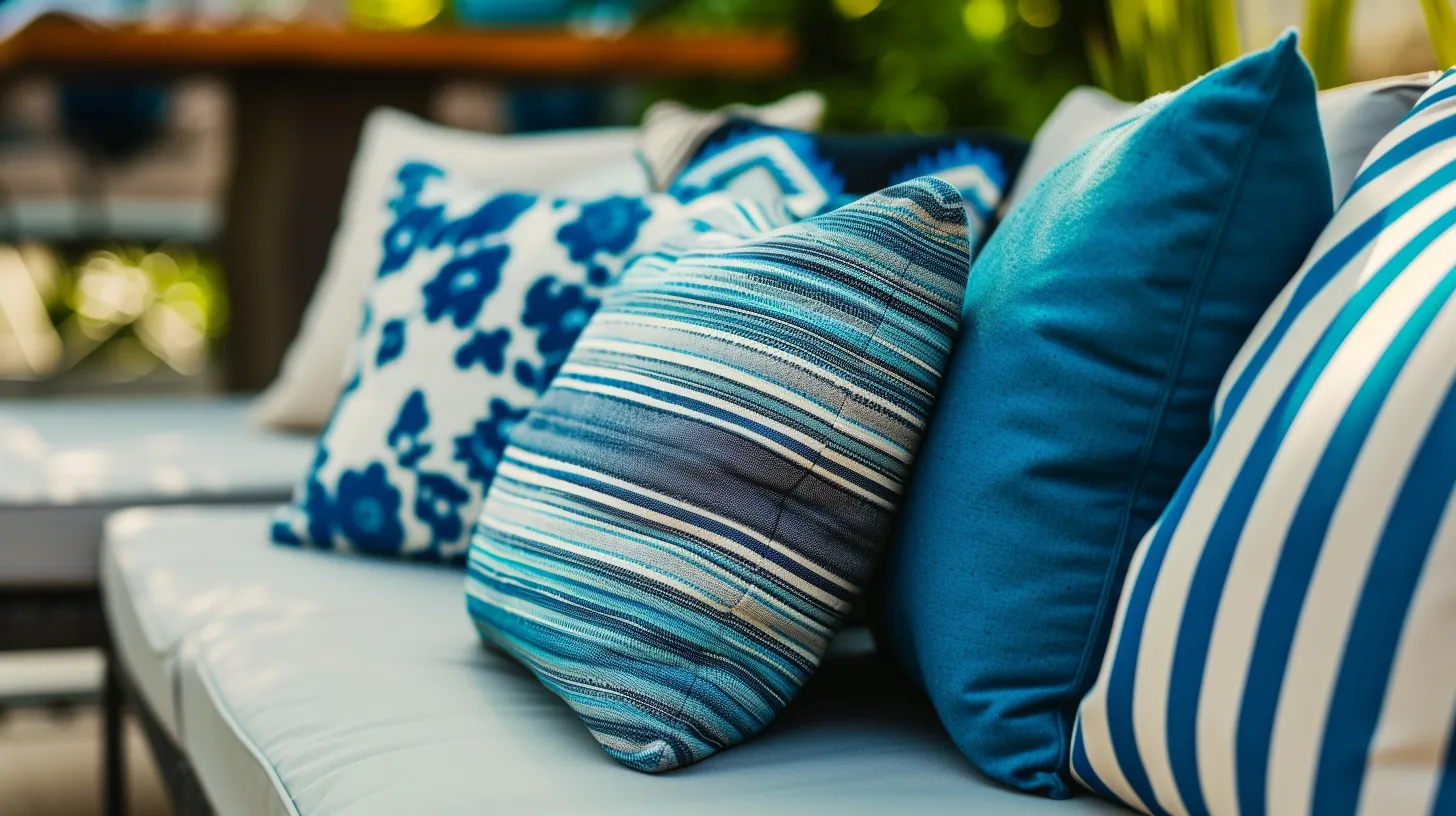
Maintaining clean cushions is vital for ensuring their longevity and aesthetic appeal in outdoor spaces. Regular cleaning not only refreshes the look of your patio or deck furniture but also prevents the buildup of harmful substances that can degrade the fabric over time.
The first step in keeping outdoor cushions in top condition is to regularly vacuum the surface. This simple action removes loose dirt and debris, preventing them from embedding deeper into the fabric.
For more thorough cleaning, a solution of vinegar and warm water can be applied. Let it sit for about 15 minutes before scrubbing gently and rinsing off. This method is effective for a wide range of stains, ensuring your outdoor cushions remain clean and vibrant. However, for stubborn stains such as grass, mold, oil, or tree sap, specific cleaning methods should be employed. Enzyme-based stain removers or pastes made from powdered detergent offer targeted solutions without damaging the fabric.
Always follow the manufacturer's care instructions and conduct a spot test in an inconspicuous area before applying any cleaning product across the entire cushion. Additionally, consider using a fabric protection spray after cleaning. This helps to prevent future stains and prolongs the life of your outdoor cushions, keeping your outdoor area inviting and comfortable.


